For the camera industry in 2018, it is destined to be a quiet year. In the past two years, due to various factors, the camera industry has been relatively flat at both the market level and the technical level. In 2018, it is bound to usher in a full-scale outbreak of new technologies. Today's article, we will start from six keywords, look at the 2018 image industry, what technical highlights.
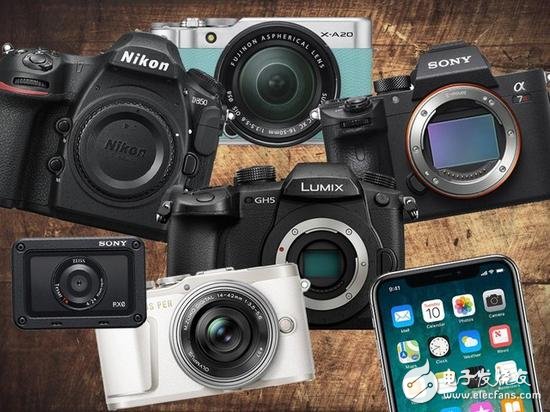
The sensor is the core of the digital camera, and the sensor technology determines the overall development level of the digital camera. Beginning in 2017, back-illuminated sensors began to be used in professional full-frame models. For example, the Nikon D850 and the Sony A7R III use back-illuminated sensors. In 2018, it is foreseen that sensor technology will usher in a concentrated outbreak of back-illuminated sensors.
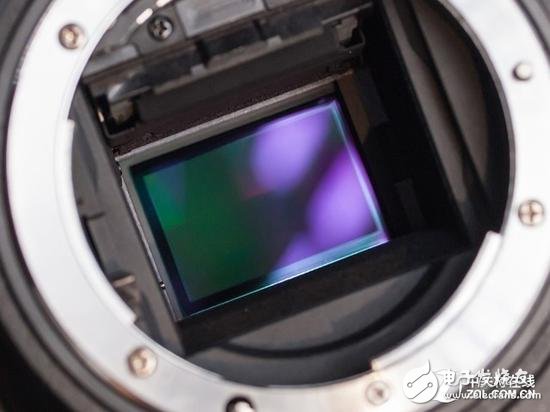
The advantages of back-illuminated sensors are twofold: increased unit pixel aperture area for improved picture quality, and on-chip ADC design for improved sensor speed.
Back-illuminated sensor for improved image quality
First of all, let's talk about the first point. Compared with traditional sensors, back-illuminated sensors generally put the circuit under the photosensitive layer. In this way, after the light enters the pixel, it does not need to pass through a “channel composed of electronic components†to reach the photosensitive layer, the amount of light entering the unit pixel is improved, and the light is not disturbed, so that the sensor can be greatly improved in the low light. Under the shooting quality, that is, to enhance the high-performance performance.
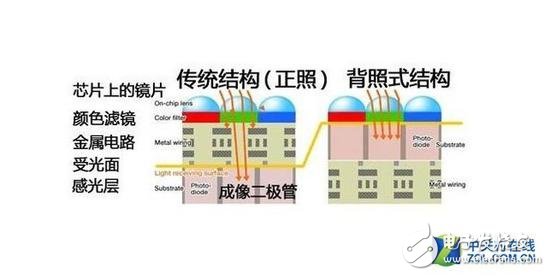
Back-illuminated sensor that increases the amount of light entering a single pixel and reduces interference, improving image quality
In 2017, high-pixel models and high-speed models are accelerating convergence. High-pixel models improve focus and continuous shooting performance, depending on the advancement of the processor and focus components, but high-sensitivity and high-pixel are always on the opposite side. Back-illuminated sensors allow high-pixel models to have better low-light performance and are an essential driving force in the fusion of high-pixel and high-speed.
Back-illuminated sensors increase processing efficiency
Second, the back-illuminated sensor electronics are located on the bottom layer, so there is more design space, so the back-illuminated sensor can integrate the ADC on the sensor, which is what we call the on-chip ADC. ADC is the abbreviation of Analog to Digital Converter. Simply speaking, analog-to-digital conversion is to convert the optical signal of a sensor into a digital signal.
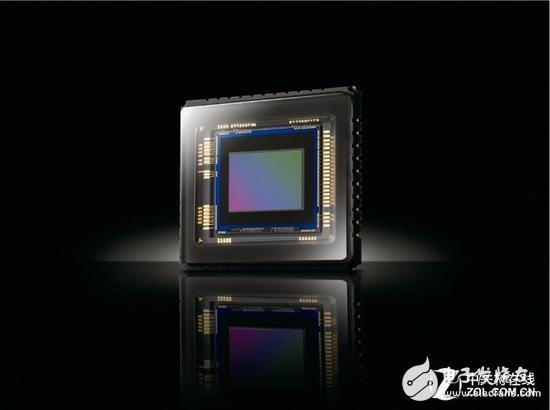
On-chip ADC is not a back-illuminated patent, but back-illuminated can better use on-chip ADC
The on-chip ADC is not a back-illuminated patent. Traditional sensors also have an on-chip ADC, but back-illuminated sensors allow the sensor to have more room and add more circuit design, allowing the sensor to have processing power and buffering capabilities. For back-illuminated sensors, the sensor can achieve better focus performance and better video performance.
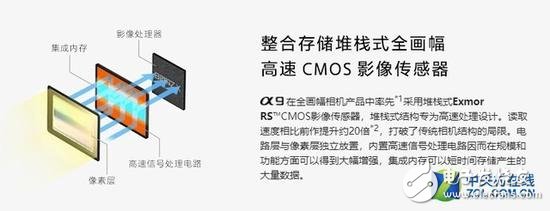
Back-illuminated sensor with built-in processing circuit and memory (Note: stacked type is also a back-illuminated sensor)
Because of the advantages of back-illuminated sensors, models with back-illuminated sensors can use a more complex hybrid focusing system, which is critical for micro-cameras. (For example, the Sony A7RII/A9/A7RIII uses a back-illuminated sensor, so the focusing performance is significantly improved.) In addition, the back-illuminated sensor can increase the focusing speed. The focusing speed is divided into the focusing speed and the number of focusing drives. For example, a model is marked with 0.04. The second AF and 480fps focus drive, that is, the focus can be completed in 0.04 seconds, and the focus can be driven 480 times per second. The back-illuminated sensor has an obvious advantage in improving the focusing speed because it has an on-chip ADC.
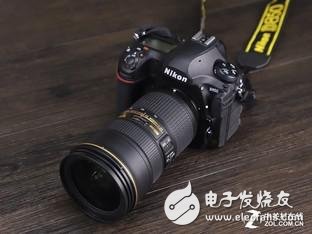
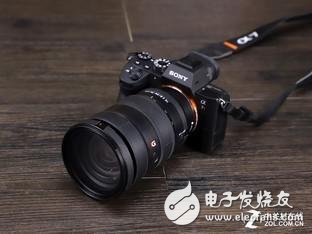
In 2017, both Nikon and Sony began to use back-illuminated sensors, which will continue to be popular in 2018.
Another point, the second vitality of the camera is video shooting. For video shooting, the on-chip ADC can also improve the video capture speed, thus obtaining a higher frame rate video capture, which is conducive to the development of camera video.
For the sensor, the back-illuminated sensor is the most mainstream sensor development direction at this stage. The back-illuminated model itself represents high image quality and high speed, and is also the main theme of the current camera development. Previously back-illuminated models mainly exist on small-sized sensors, such as mobile phones and card machines; in 2018, we will see more professional cameras with back-illuminated sensors, and back-illuminated sensors will also accelerate the fusion of high pixels and high speed. pace.
Here you can find the related products in Recordable Sound module, we are professional manufacturer of Greeting Card Sound Module, Recordable Sound Module, Recordable Musical Module. We focused on international export product development, production and sales. We have improved quality control processes of Recordable sound module to ensure each export qualified product.
If you want to know more about the products in Recordable sound module, please click the product details to view parameters, models, pictures, prices and other information about Greeting Card Sound Module, Recordable Sound Module, Recordable Musical Module.
Whatever you are a group or individual, we will do our best to provide you with accurate and comprehensive message about Recordable sound module!
Greeting Cards Sound Module, Recordable Sound Module, Recordable Musical Module
AST Industry Co.,LTD , https://www.astsoundchip.com